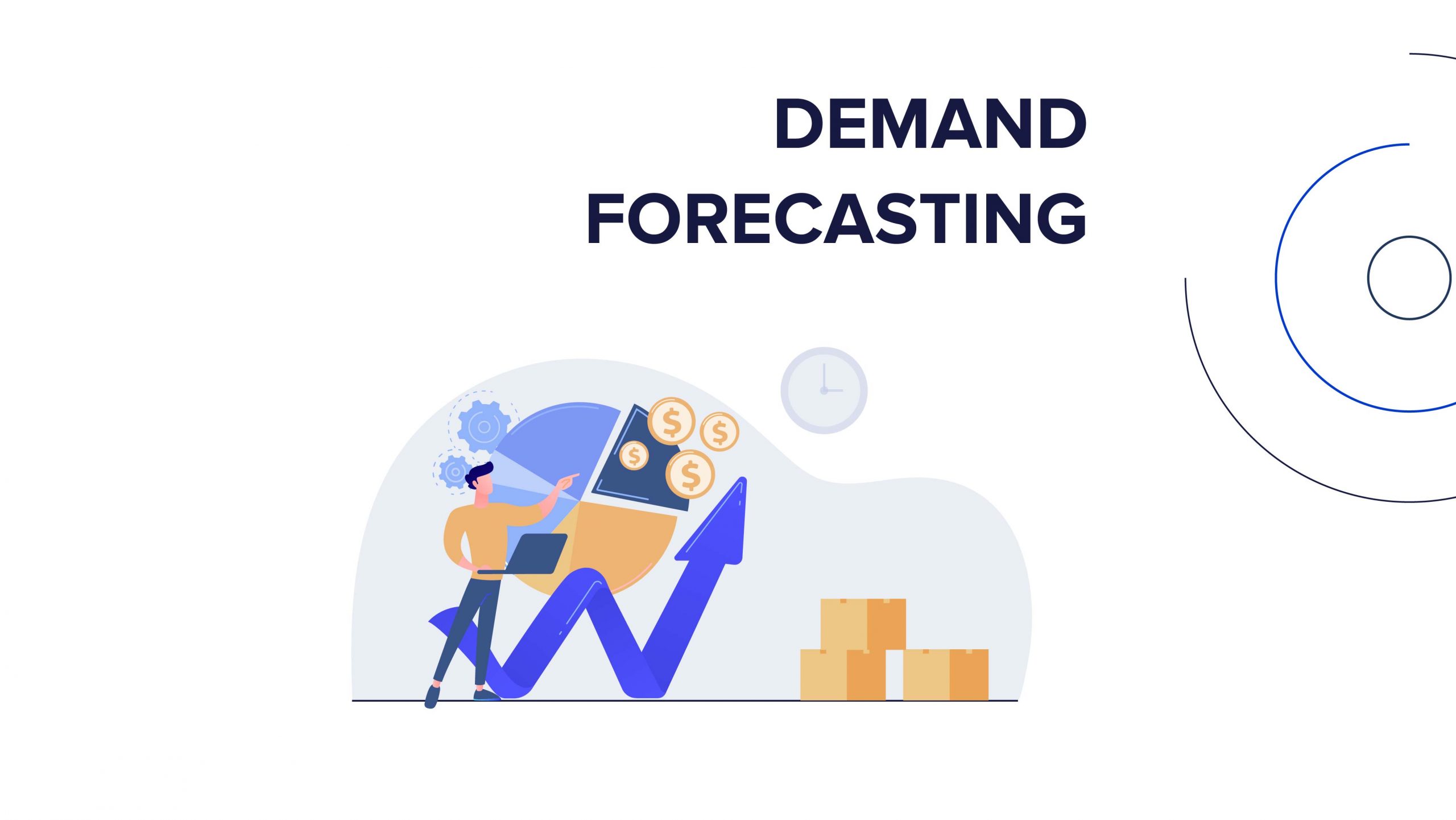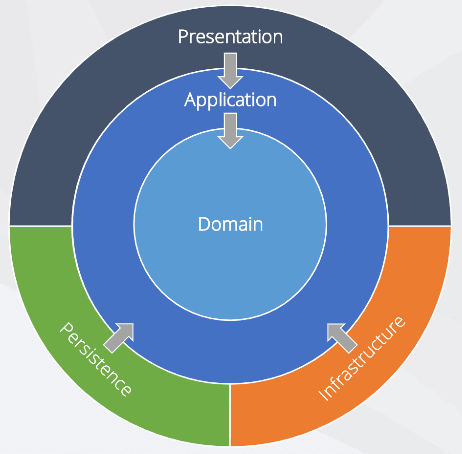
18
Articles

1
Authors

2
Reviews






A conversion funnel is an e-commerce ter ... A conversion funnel is an e-commerce term that describes the different stages in a buyer’s journey leading up to a purchase. The funnel metaphor illustrates the gradual decline of the number of potential customers as they are guided through the conversion path.

One of the most important matters in inb ... One of the most important matters in inbound process is ensuring the health and the originality of the goods in the fastest possible way, in this article we are trying to speed up the inbound process by AQL concept (Acceptance Quality Limit).

Amazon is an American multinational comp ... Amazon is an American multinational company specializing in e-commerce, cloud computing, artificial intelligence, and digital streaming. As one of the most successful companies in the world, Amazon sticks with a sustainable supply chain and is considered the most significant corporate buyer of renewable energies. The company’s goal for the products and services is to be provided in a way that respects human rights and the environment. The significant growth of Amazon suggests something big is happening, and every business needs to understand what is behind it. The supply chain standards detail the requirements and expectations for suppliers, supply chains, and selling partners who list products in the stores. All the listed subjects are grounded in continuous improvement, principles of inclusivity, and supply chain accountability, and this sustainable supply chain will be broken down in this study (Sofiah & Aisyah, 2022).Keywords: Amazon, Supply Chain, Sustainable

In 1871, Fredrik established a joint com ... In 1871, Fredrik established a joint company named Nokia Ab with his companion Leo Mechelin. After Fredrik Idestam's retirement, Leo Mechelin took over as the company's chairman in 1896. Following the retirement of his associate, Leo Mechelin extended the operations of Nokia Ab by adding electricity generation in 1902, despite Fredrik's disapproval. Nevertheless, the expansion of the company's operations continued. Due to the impact of World War I, Nokia Ab faced financial difficulties in 1922 and was on the brink of bankruptcy.

Marketing automation refers to the use o ... Marketing automation refers to the use of software tools and platforms to automate repetitive marketing tasks and workflows, to increase efficiency, streamline processes, and drive better results. It encompasses a range of activities, from email marketing and social media management to lead nurturing and customer relationship management (CRM). At its core, marketing automation enables businesses to deliver personalized and timely messages to their audience based on their behavior, preferences, and interactions with the brand. By leveraging data and analytics, marketers can create targeted campaigns that resonate with specific segments of their audience, leading to higher engagement and conversion rates.

In the context of supply chain managemen ... In the context of supply chain management, demand forecasting involves predicting future demand for products or services to ensure that the right quantity of goods is produced, delivered, and available to meet customer demand. Accurate forecasting in supply chain management is essential to optimize inventory levels, reduce costs, and improve customer service. Forecasting methods commonly used in supply chain management include quantitative methods, such as time-series analysis, regression analysis, and causal modeling, as well as qualitative methods, such as market research and expert opinion. However, supply chain forecasting is a challenging task, as it requires dealing with multiple sources of variability, such as seasonality, trends, and unexpected events, such as natural disasters, economic downturns, or pandemics. Therefore, forecasting in supply chain management involves not only using the right methods and tools but also understanding the business context, interpreting the data correctly, and incorporating human judgment and experience to make accurate predictions and informed decisions.

Onion Architecture is a design pattern that organizes software into concentric layers: Core (business logic), Application (use cases), Infrastructure (data access), and Presentation (UI). The core layer is central and independent of outer layers, ensuring that business logic is unaffected by changes in external systems. This structure promotes separation of concerns, improves testability, and enhances maintainability by isolating core functionality from the rest of the application.